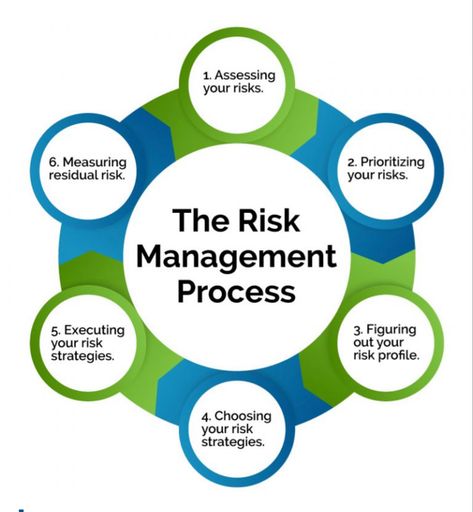
Learning Outcomes
On completion of the course, students should be able to:
1. explain the concept of risk and list any four (4) various forms of risks in the Nigerian construction industry;
2. identify any five (5) various levels of risks;
3. explain six (6) impacts of the various types of risks on construction projects;
4. list any seven (7) importance of risk assessment and management;
5. evaluate at least three (3) relationships between the degree of risk to cost, quality and duration of a project;
6. explain risk quantification and any three (3) ways of pricing for risk during tenders;
7. appraise at least five (5) critical success factors for risk management implementation.
Course Contents
Understanding the concept of risk in the Nigerian construction industry. Various forms of risks in the Nigerian construction industry. Explanation on the various levels of risks. Impacts of the various types of risks on construction projects. Controlling risks on construction projects as they occur. Importance of risk assessment and management in the construction industry. Project risk in relationship to procurement option. Project risk in relationship to type of contract. Relationship between degree of risk to cost of construction projects. Relationship between degree of risk to duration of construction projects. Relationship between degree of risk to quality of construction projects. Understanding risk quantification. Pricing for construction risks during tendering. Roles played by all project stakeholders in risk management. Critical success factors for risk management implementation. Government policies in encouraging risk assessment and management. Identifying and conducting risk assessment and management on a typical project.
- Teacher: Salisu Dalibi Gidado
